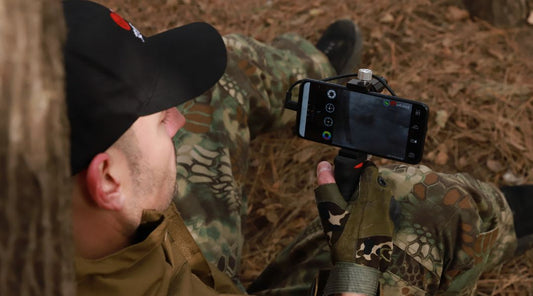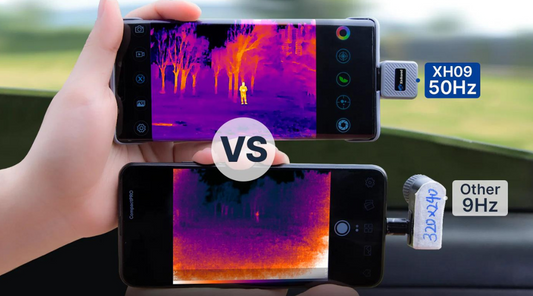The Complete Guide to Buying a Thermal Camera for Home, Work, or Play
Thermal cameras are increasingly becoming popular due to their ability to detect and display differences in temperature in a given environment. These cameras can be used for a wide range of applications, including home, work, and play. If you're thinking of buying a thermal camera, this guide will provide you with all the information you need to make an informed decision.

Determine Your Needs
The first step in buying a thermal camera is to determine your needs. What do you plan to use the camera for? Do you need it for home, work, or play? Different applications may require different features and specifications, so it's important to understand what you need before making a purchase.
For example, if you're a home inspector or contractor, you may need a thermal camera with high resolution and accuracy. On the other hand, if you're a hunter or outdoor enthusiast, you may need a camera that's lightweight and portable.

Understand the Technology
Thermal cameras use infrared technology to detect and display differences in temperature. The camera captures heat signatures and displays them as images or video on a screen. The hotter an object is, the brighter it appears on the camera's display.

There are two types of thermal cameras: uncooled and cooled. Uncooled cameras are typically less expensive and more compact, but they have lower resolution and sensitivity. Cooled cameras, on the other hand, are more expensive and bulkier, but they offer higher resolution and sensitivity.
Consider the Resolution
Resolution is an important factor to consider when buying a thermal camera. Resolution refers to the number of pixels in the camera's display. The higher the resolution, the more detailed the images and videos will be.
If you need a camera for detailed inspections or measurements, look for a camera with high resolution. However, keep in mind that higher resolution cameras can be more expensive.
Look for Additional Features
Different thermal cameras come with different features. Some features that you may want to consider include:
Wi-Fi connectivity: This allows you to connect the camera to your smartphone or tablet for easier image and video sharing.
GPS: This feature allows you to geotag images and videos, making it easier to locate them later.
Video recording: Some cameras allow you to record video in addition to capturing images.
Image enhancement: Some cameras come with features that enhance the quality of the images and videos captured.
Consider the Price
The price of a thermal camera can vary widely depending on the features and specifications. It's important to set a budget and stick to it. Keep in mind that higher-priced cameras may offer better resolution, sensitivity, and additional features.
Read Reviews
Before making a purchase, it's a good idea to read reviews from other users. This can give you an idea of the camera's performance and reliability. Look for reviews on reputable websites, such as Amazon or Best Buy.
Buy from a Reputable Retailer
When buying a thermal camera, it's important to buy from a reputable retailer. Look for retailers that offer warranties and customer support in case you have any issues with your camera.
In conclusion, buying a thermal camera can be a daunting task, but with these tips, you can make an informed decision. Consider your needs, understand the technology, look for additional features, consider the price, read reviews, and buy from a reputable retailer. By following these tips, you can find the perfect thermal camera for your home, work, or play.




